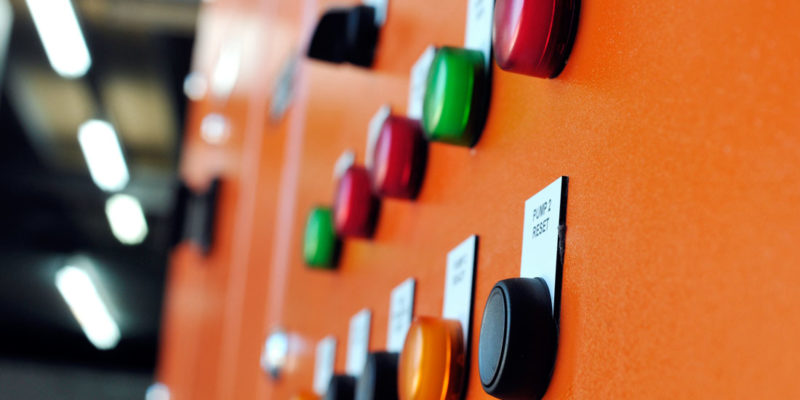In the realm of electrical engineering and infrastructure, the electric switchboard emerges as a fundamental component, orchestrating the flow of power with precision and reliability. From residential setups to industrial complexes, understanding the function of an electric switchboard unveils the intricate mechanisms that power our modern world.
The Core Function
- Power Distribution: The switchboard receives electrical power from the main supply or generator and distributes it to different circuits or loads within a building or facility. This distribution is achieved through circuit breakers or switches that control the flow of electricity to specific areas or equipment.
- Load Management: Electric switchboards allow for the effective management of electrical loads. By organising circuits and assigning priorities, switchboards prevent overload situations, ensuring that electrical devices receive the necessary power without compromising safety or efficiency.
- Fault Protection: Switchboards incorporate protective devices such as circuit breakers, fuses, and surge suppressors to safeguard against electrical faults. These devices detect abnormalities such as short circuits or overloads and interrupt the flow of electricity to prevent damage to equipment and mitigate safety risks.
- Metering and Monitoring: Many modern switchboards include meters and monitoring systems to track electrical consumption, voltage levels, and power quality. This data helps in monitoring energy usage, identifying inefficiencies, and optimising electrical systems for better performance and cost savings.
Applications Across Industries
- Residential Buildings: In homes, switchboards serve as the central point for distributing power from the utility grid or backup generators to different rooms and appliances. They ensure safe and reliable electricity supply for lighting, heating, cooling, and electronic devices.
- Commercial Establishments: In commercial buildings, switchboards manage power distribution to lighting, HVAC systems, computers, machinery, and other electrical loads. They enable efficient energy management, reduce downtime due to electrical issues, and ensure compliance with safety standards.
- Industrial Facilities: In industrial settings, switchboards play a critical role in powering heavy machinery, production lines, and industrial processes. They provide robust power distribution, fault protection, and monitoring capabilities to support uninterrupted operations and worker safety.
- Renewable Energy Systems: Switchboards are essential components of renewable energy systems such as solar or wind power installations. They integrate renewable energy sources with grid power, manage energy storage systems, and ensure seamless transition between different power sources.
In conclusion, the function of an electric switchboard encompasses the vital tasks of power distribution, load management, fault protection, and monitoring within electrical systems. From ensuring safe electricity supply in homes to powering complex industrial operations, switchboards are indispensable in maintaining reliable and efficient electrical infrastructure.

